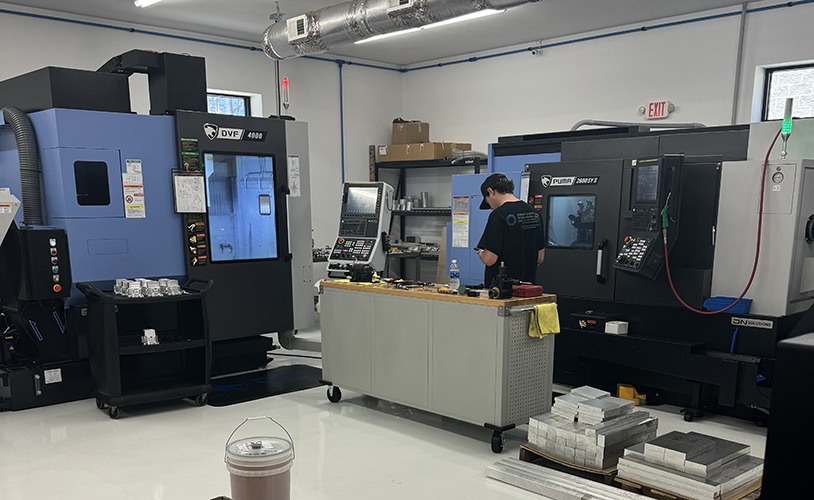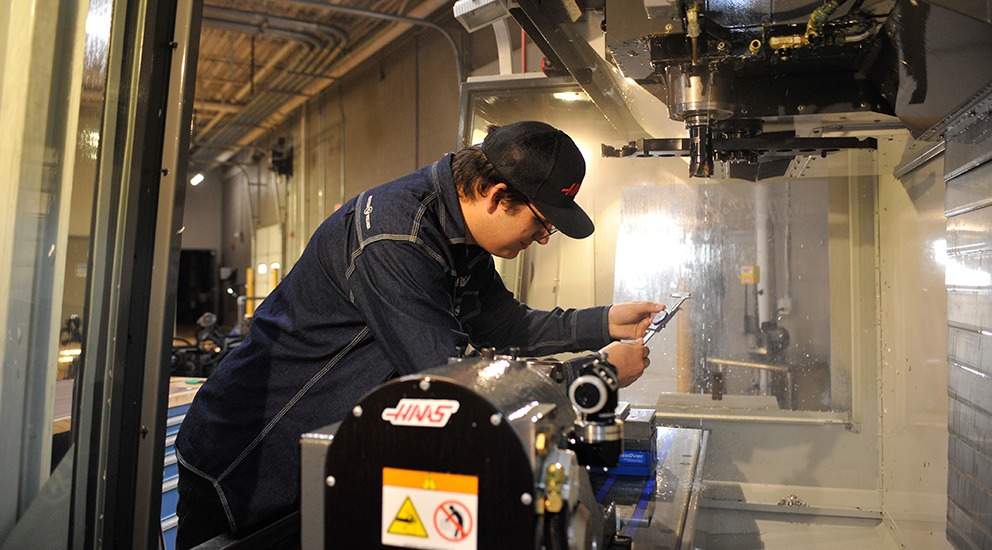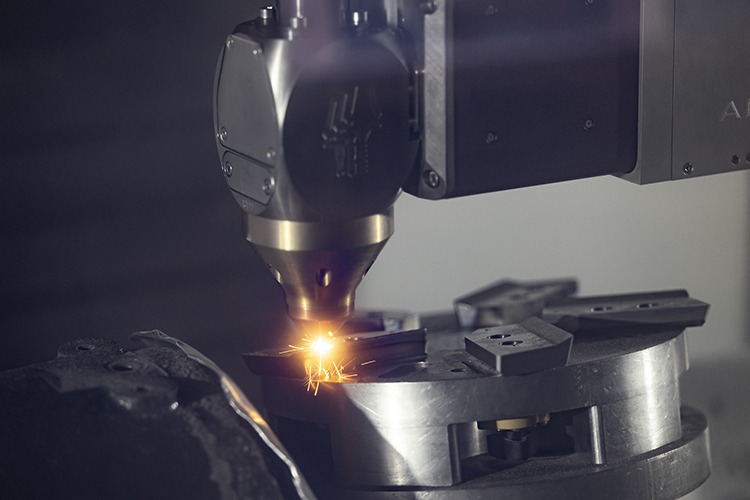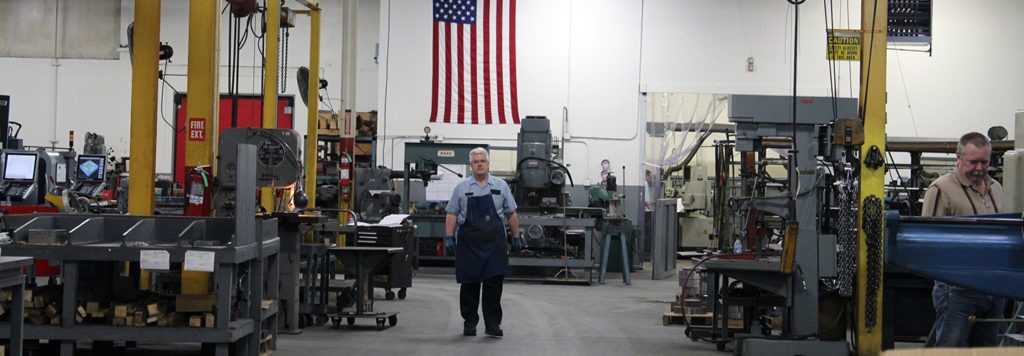
Mastercam Gives McAfee Tool & Die Power to Meet Tight Tolerances
The team at McAfee Tool & Die prides itself on the company’s ability to meet complicated orders in the automotive industry. All the parts McAfee produces for unibody vehicles have unusual curves and geometries, but it is imperative that McAfee meet each extremely tight tolerance, or else the vehicle’s safety will be compromised. To accomplish this, McAfee uses Mastercam.
Quick Facts:
- Product Used: Lathe, Mill, Wire, Multiaxis
- Industry: Tool & Die, Transportation
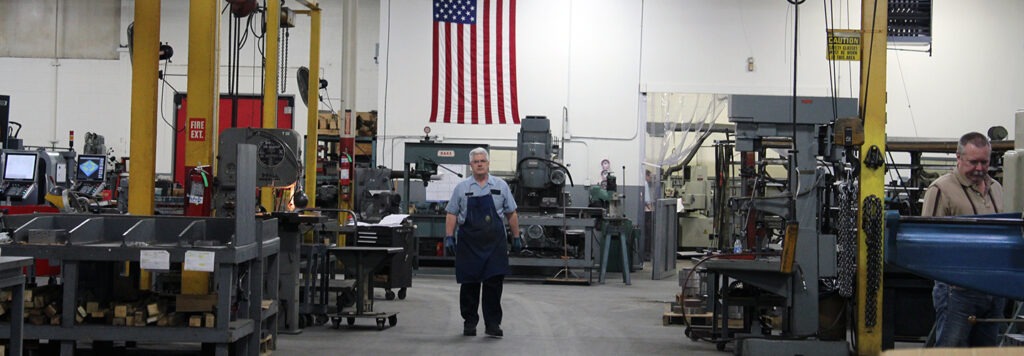
Project Details:
- The Challenge: Manufacture automotive parts with incredibly tight tolerances and odd angles and geometries.
- The Solution: Mastercam CAD/CAM
- Benefits:
- Advanced 3D modeling for ease of design for manufacturing needs
- Opti-Rough and other Dynamic Motion technology maximizes material removal while keeping tools safely engaged for extended life
- Powerful multiaxis functions eliminate need for excessive stock handling
McAfee Tool & Die is known for the quality parts it manufactures and a dedication to adapting to the latest trends, technologies, and techniques in the industry. The company, located in Green, Ohio, has had three-dimensional milling as part of its repertoire for more than thirty years. Over this time, McAfee has kept pace with the evolution of CNC machines, cutting technology, and the software to program it all.
Today, McAfee Tool & Die’s shop is home to one MC Machinery Systems 5-axis machining center, two OKK CNC 4-axis vertical machining centers, one Mitsubishi CNC 4-axis vertical machining center, two Hurco CNC milling machines, one Mazak Super Quick-Change CNC lathe with live tooling, five Mitsubishi wire EDMs, and one Mazak model laser cutting machine. All were chosen for the strategic advantage they give to McAfee Tool & Die for tool and die manufacturing.
McAfee recently worked on producing a punch form block, one of the many die components in unibody manufacturing. This form block, machined from a solid block of steel, is used with a mating form that forms the sheet metal with high accuracy. The forms are then used as tooling in form dies to stamp the parts that make up the automotive frame.
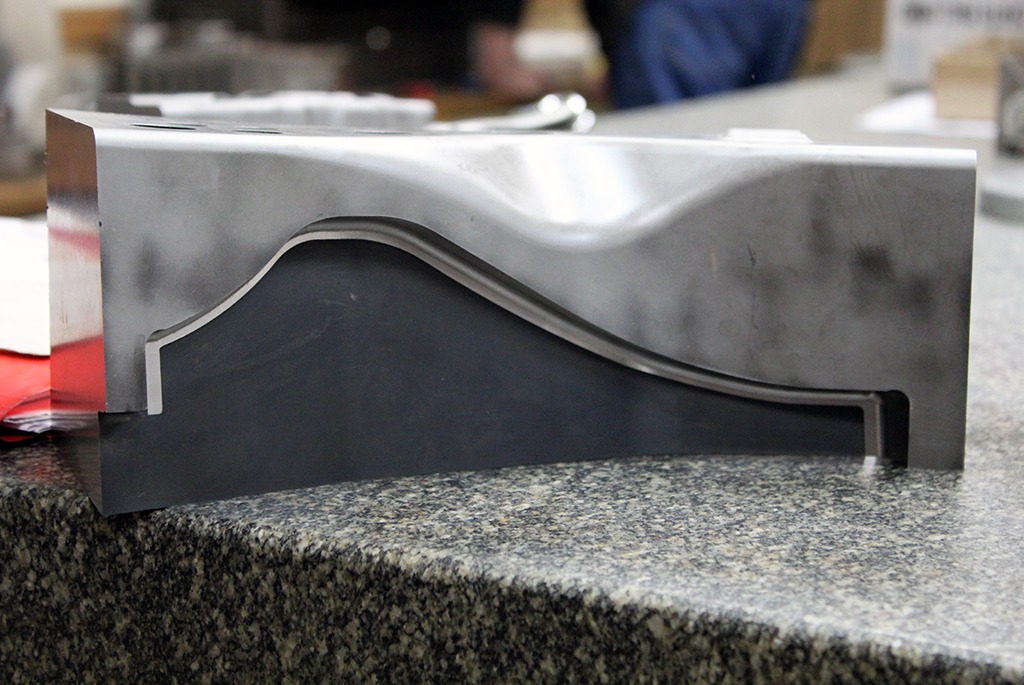
Plant manager Joseph Lysiak shared, “This is a very hard piece to build because there’s nothing straight. Everything is angles and curves, but it all has to be so accurate because we don’t have that frame rail underneath anymore. All the parts have to fit and match perfectly. The better they fit, the stronger and safer the vehicle will be made.”
Programmer Ben Ohler explained that Mastercam is the best tool he has in his arsenal, using the CAD/CAM software to meet these tight tolerances. When he first had to figure out how to make the piece from start to finish, he spent most of his time within the software’s stock modeling feature, tinkering with and tweaking the design. Ohler’s goal with this part was to create the most efficient program with the best results possible.
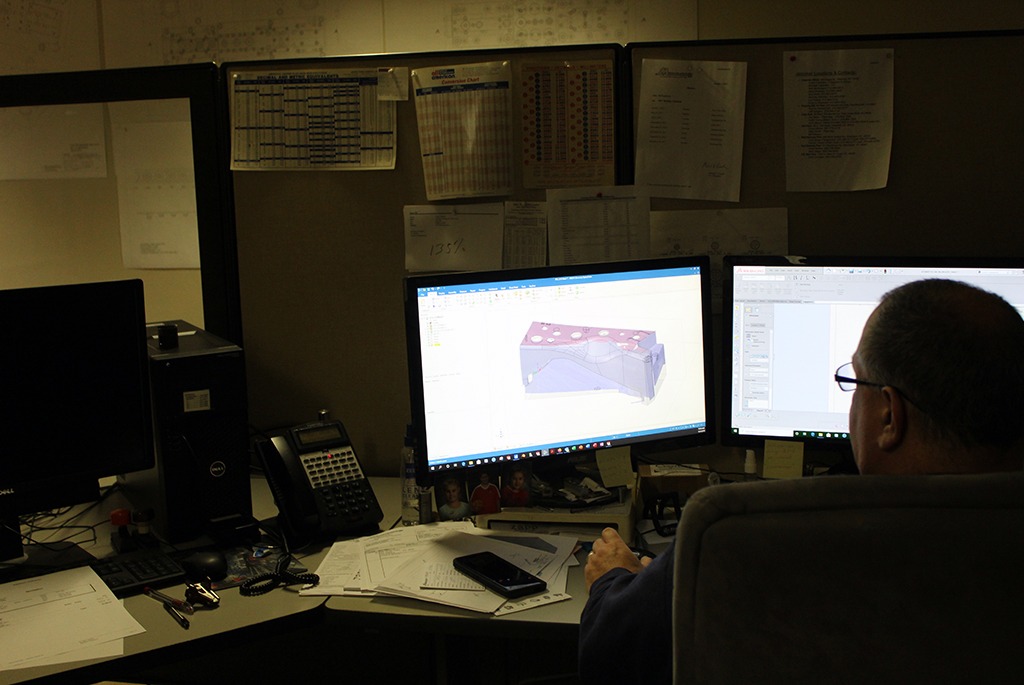
One thing that senior programmer John Stiles hammers home is to program things in multiple ways, then pick the best one and move on. He believes that his team gains well rounded experience when trying all the functions of the software, including overlays to check it, giving them the ability to stay ahead of that curve that McAfee is so intent on beating.
Ohler’s design uses advanced roughing techniques that slash cycle time while keeping the stock material safe. “For this part, we used a dovetail to hold the part, which allowed us to clamp on a small portion of the block and leave the rest open. This meant we could see more and rely heavily on Opti-Rough,” he said.
Opti-Rough is a high-speed, bi-directional removal strategy that takes aggressive cuts to remove material quickly. It is part of Dynamic Motion technology, a set of toolpath strategies that extend tool life and maximize cutting efficiency while using proprietary algorithms to monitor the stock material and prevent gouges.
The programing team also uses the software’s advanced Multiaxis solutions. After the area was roughed, Ohler used Flow 5-axis for semi-finish and finish operations. New to Mastercam 2021, Flow now has separate feed rate control options for entry and exit linking moves. “We semi-finished the shape with a heavier stepover and a looser tolerance – probably about 0.001 tolerance – and a 0.1 stepover, leaving 0.005 on the surfaces. When it came time to finish, we tightened the tolerance to 0.0005 and the stepover to 0.008.” This strategy created a superior surface finish and did away with the need to polish the part. The end result was a more accurate part with little to no fitting.
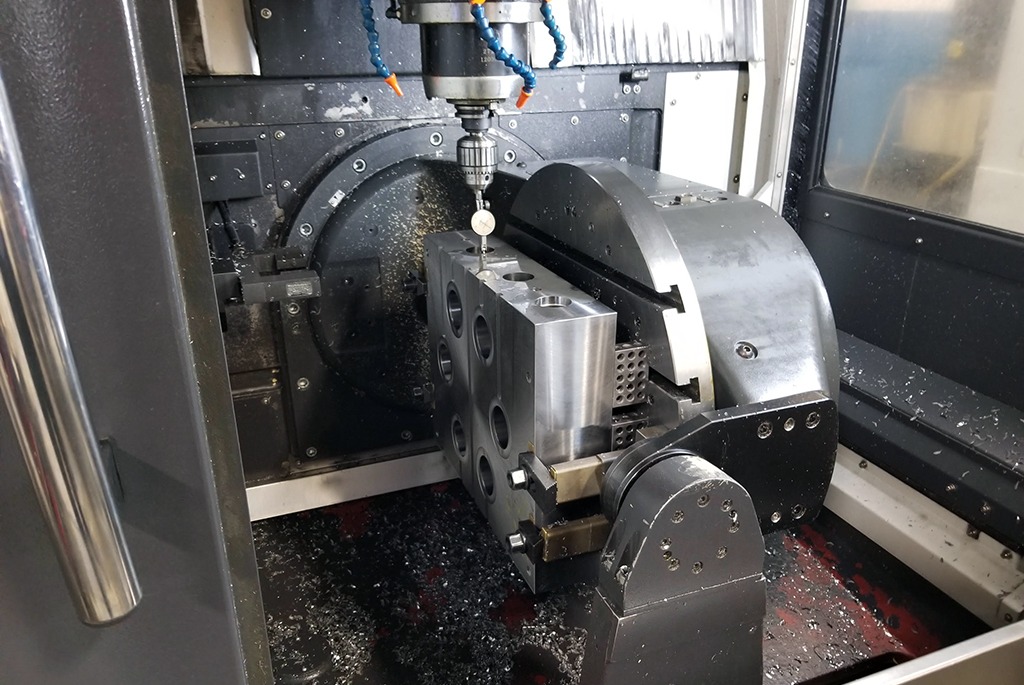
Once the multiaxis finishing operations were complete, further operations were required to machine the actual cut edge. The part was flipped, the dovetail milled off, and the part sent to heat treat before additional cutting.
“Using Dynamic Plane Creation, we tilted the part and roughed out the cut edge using a 3D raster cut. This allowed us to force the tool to approach the shape at a specific angle, while also leaving material for hard mill. Parts can move a bit during the heat treating process; to ensure accuracy, tight tolerance parts are machined hard, as are most cut edges,” explained Ohler.
Once a punch form is built and goes into production, it can stamp out multiple parts per minute, depending on size and thickness. These parts are stamped out of thin sheet metal, then welded together to build a strong unibody frame.
McAfee Tool & Die’s talented and dedicated staff strives to surpass expectations where customer satisfaction is concerned. Owner Gary McAfee shared, “Going forward, we are looking to expand our advanced machining capacity. We plan to purchase a new 5-axis mill, two new CNC mills, one new CNC lathe, add another seat of Mastercam, and hire a few more employees. Our commitment to excellence is achieved through communication, fulfilling customer needs, and staying ahead of the ever-changing curve in machining technology. ”
McAfee Tool & Die is supported by Mastercam Representative FASTech, Inc. To find your local Mastercam representative, complete this form.
Customer Quote
“Since we have this software and the ability to reverse engineer, we can produce all the die components a unibody needs. We also create spare components so production lines don’t shut down. Once in the system, replacements can be made without the need to ship the die to the shop. The cost savings to customers adds up quickly.”
– Joseph Lysiak, Plant Manager, McAfee Tool & Die
